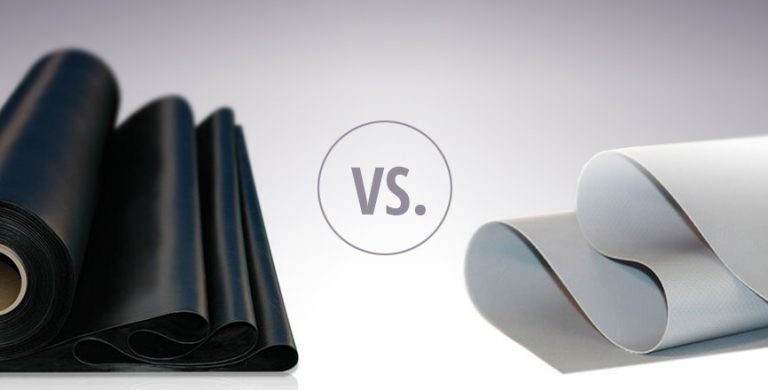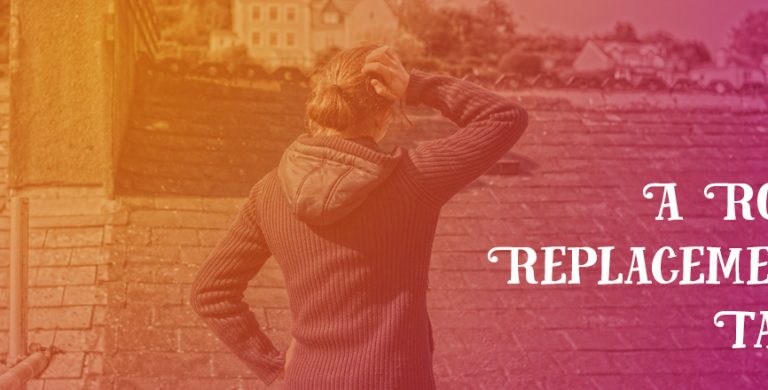Skylights can be found on just about every other home in the median price range. They’re a functional way to save money, and they nourish the brain by ushering in real sun rays. Like all parts of a home, skylights have lifespans, but there is one instance that may disrupt the tenure of a skylight: roof replacement. Having to replace a roof is a serious issue, and it certainly brings up the question of whether or not to replace skylights.
If you look around the online forums, you’ll see a good deal of debate on this subject. Roofers, handymen, DIY warriors and homeowners often chime in with conflicting answers like:
- Your skylights will be fine.
- Just add extra caulking around the skylights.
- You’ll need new flashing around the skylights.
- Always replace skylights when installing a new roof.
- Only replace certain types of skylights like the bubble kind.
As an elite roofing contractor with decades of experience, Roofing Annex can safely say that only one of these is the correct answer.
Always Replace Skylights When Getting a New Roof Installed!
We can’t stress this enough! A roof replacement is a big deal. The tear-off phase is certainly going to disturb your skylights. There are no kitten gloves that can stop this. Even the best and newest skylights stand a large statistical chance of being compromised. Wood frame, bubble and plastic panes, and skylights that open are extremely likely to fail.
Be sure to get an expert roof inspection and report that provide details of your skylights. From Cincinnati to Dayton, Roofing Annex is the professional you need!
Call us for a FREE EVALUATION – 513.685.9092
What Goes Wrong With Skylights?
There are several seal points that can be disturbed enough to let moisture in. As always, once moisture gets a foothold, it begins to do one of several things:
- Leaking – Water immediately finds the quickest route in. This is a physical leak that one can observe dripping. A busted seal can be impossible to detect while a roof is replaced. If the problem is small, it will lead to another issue.
- Warping of moistened material – In conjunction with hot and cold temperatures creating swelling, the area affected grows over time. Typically, within a year of your roof replacement, this warping will lead to water staining the ceiling as well as the possibility of actual leaking.
- Rotting – Should rot, lichens or mold find a foothold, the rate at which the affected area swells can be intensified, and leaking will surely occur within 18 months.
Why Don’t New Caulking and New Flashing Help?
There are too many points that could have been blown below these top most protective points. These first defenses do fine with vents and chimneys, but tend to do a poor job securing a skylight for long due to the nature of the skylight being a large, semi-flush and heavy port in a roof.
Is There Any Circumstance in Which a Skylight Can Survive a New Roof?
Obviously, there is always a chance any skylight can make it through a tear-off, but there is only one scenario in which there’s a fighting chance that a skylight will make it. If the skylight meets these points, we’d give it a better than 60 percent chance of survival:
- The house was designed and built with it.
- It is static (non-opening).
- It is a top brand.
- There is now wood used in its construction and boxing.
- The pains are glass.
- It is no more than 10 years old.
How many times have we seen this scenario? Pretty much never as most roofs are over 12 years old by the time they need replacing.
Who’s at Fault for a Leaky Skylight That Isn’t Replaced After a Roof Installation?
Any good roofer will insist that homeowners have their skylights replaced no matter what. A top roofer will not make it mandatory, but they will outline the seriousness of the situation. Ultimately, homeowners are responsible for their skylights, but a solid roofing contractor will always inspect the area if called on to do so.
At roofing Annex, we routinely get calls about a skylight issue about a year after a roof install. It’s on us to take a look and evaluate the situation. Depending on the nature of the damage, we will repair the issue, typically for a fee, or recommend a skylight company to repair or replace the skylights.
A Skylight That Fails a Year After a Roof Is Installed Creates Another Problem!
It may cost a bit less to have a skylight installed during a roof replacement because it’s easier to put it in while the decking is bare. If this isn’t done and leaking ensues a year later, there is going to be a big problem. It won’t be the cost or the hassle, but the fact that now your roofing system will need to be disturbed to repair or install new skylights. Just as the skylights were compromised, now too will your roof face similar issues with blown seals.
Don’t risk your property, wallet and sanity — get your skylights replaced when getting a new roof!



